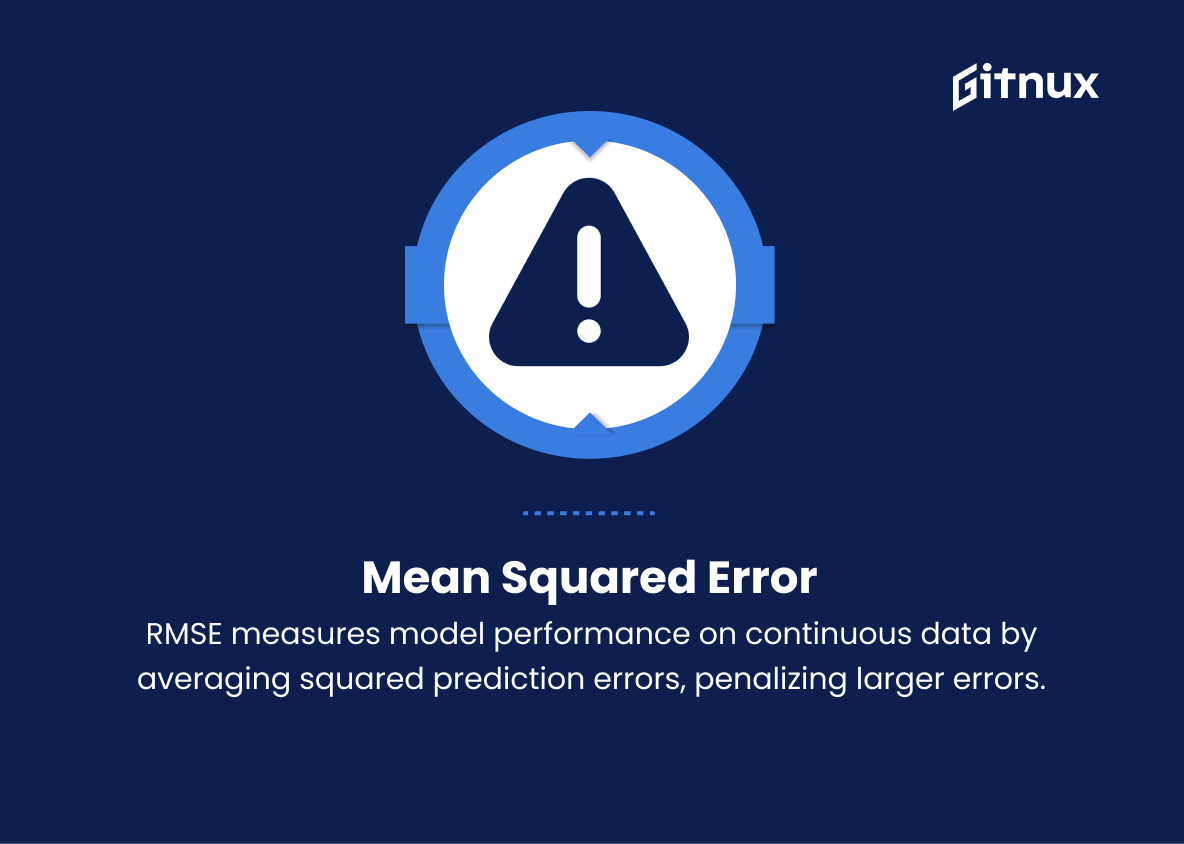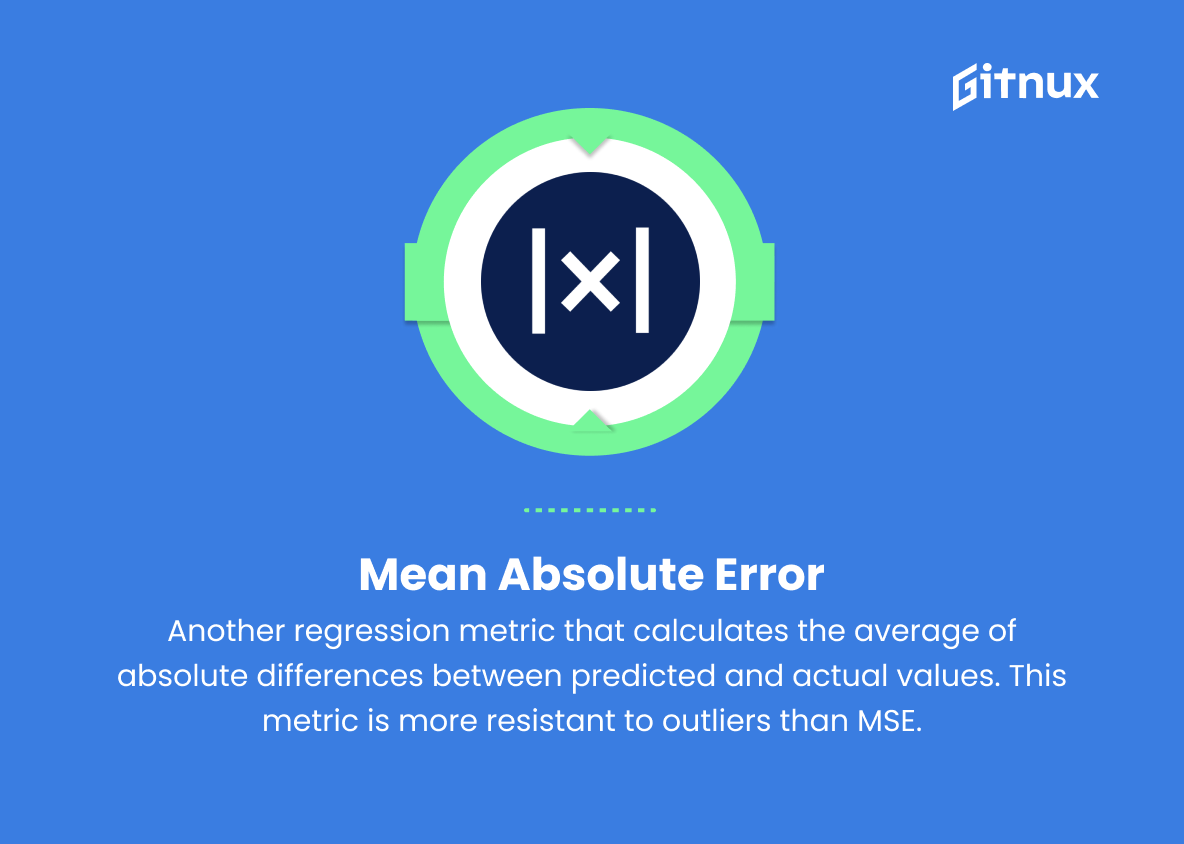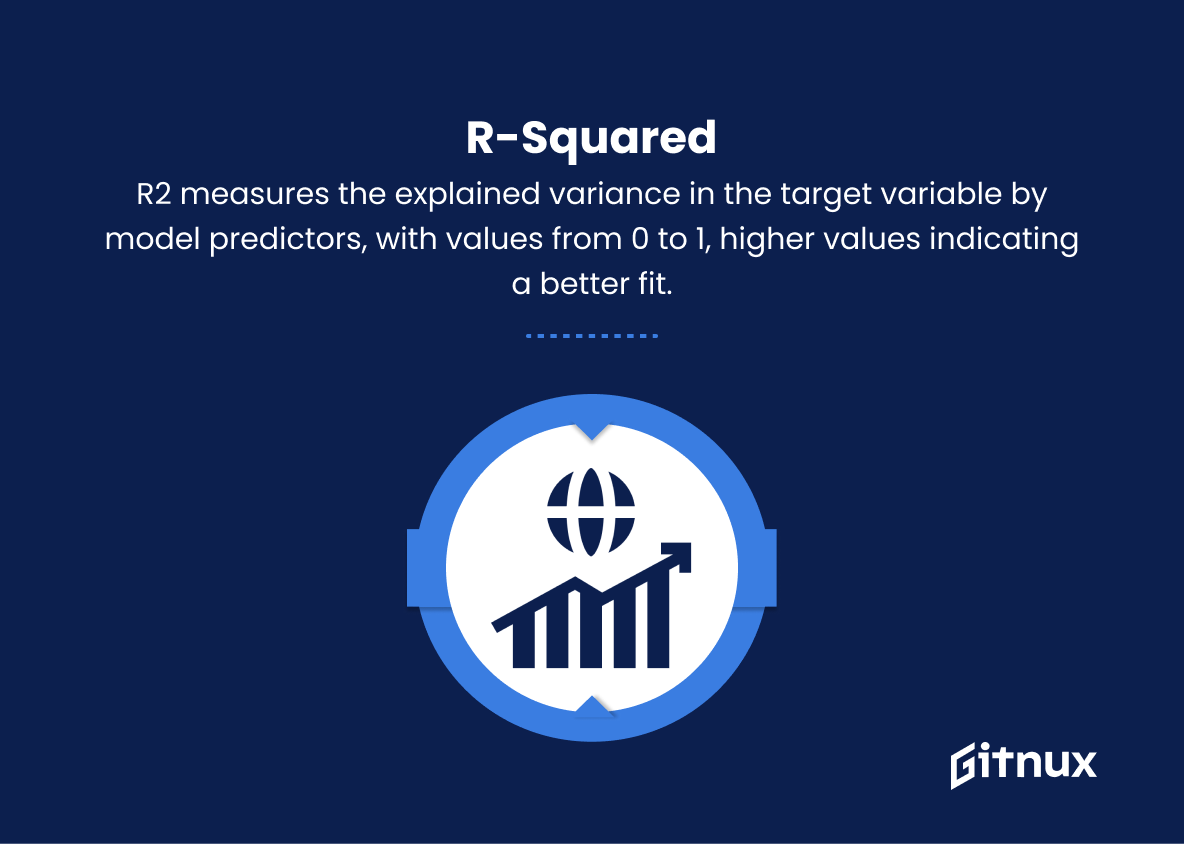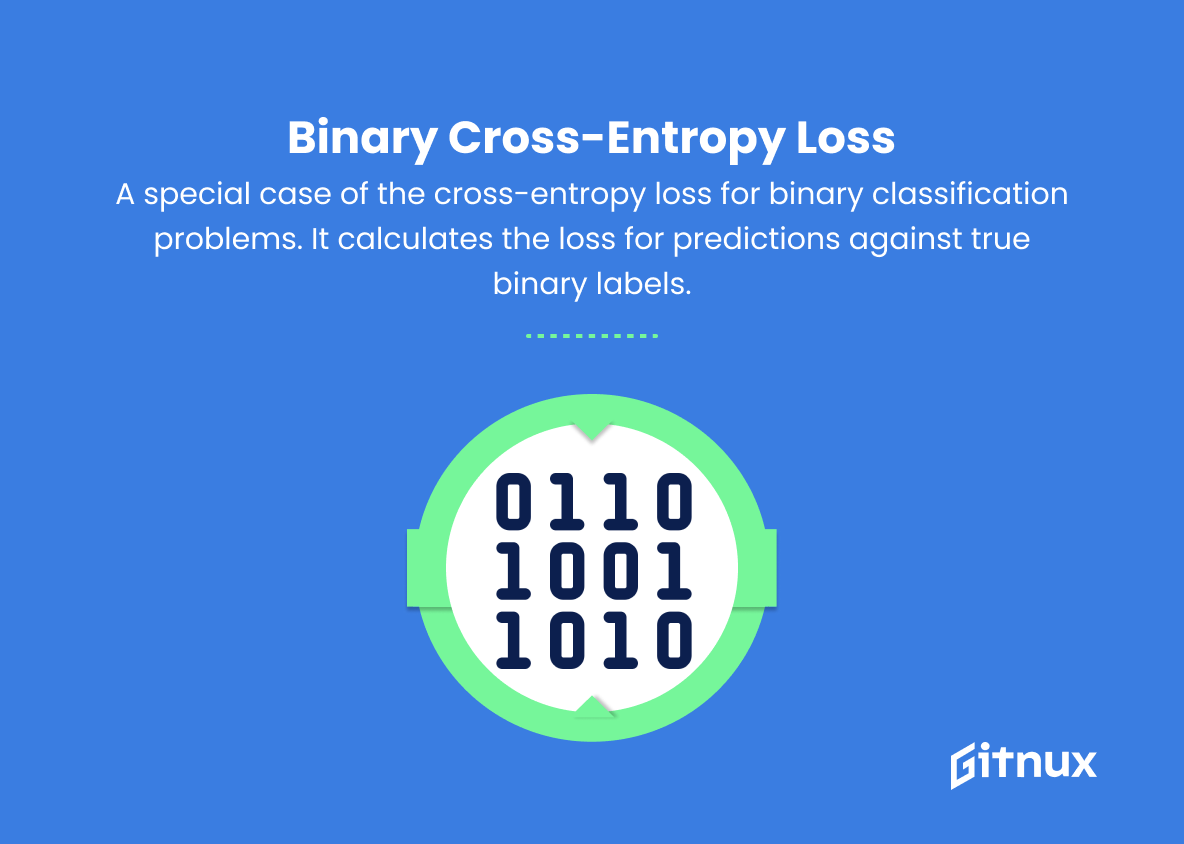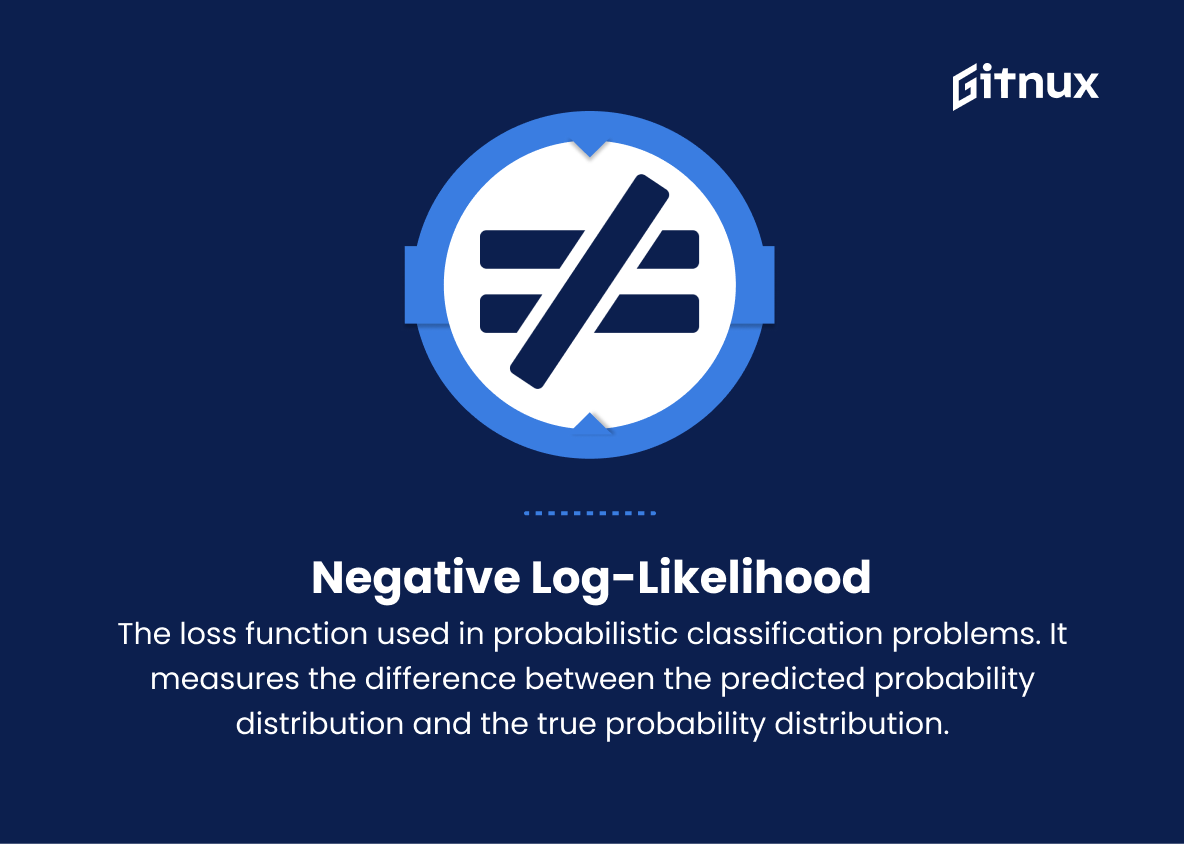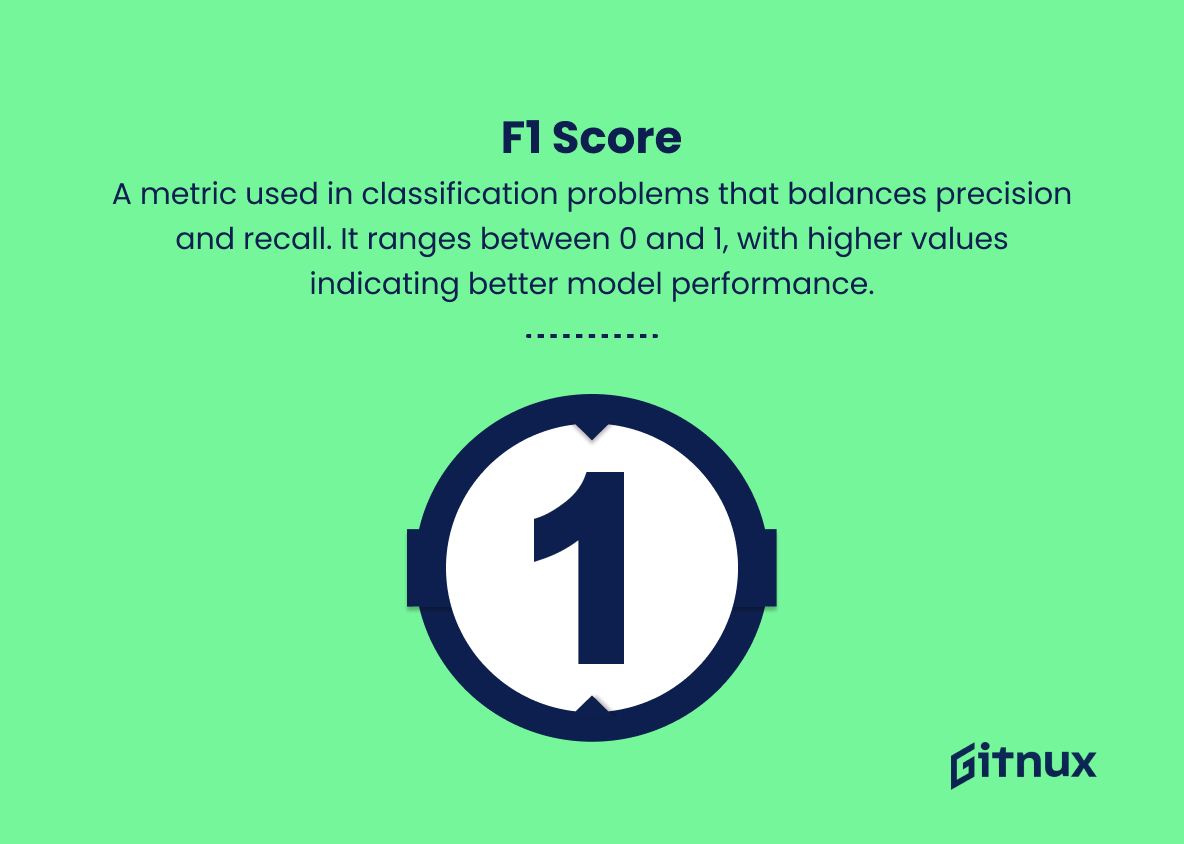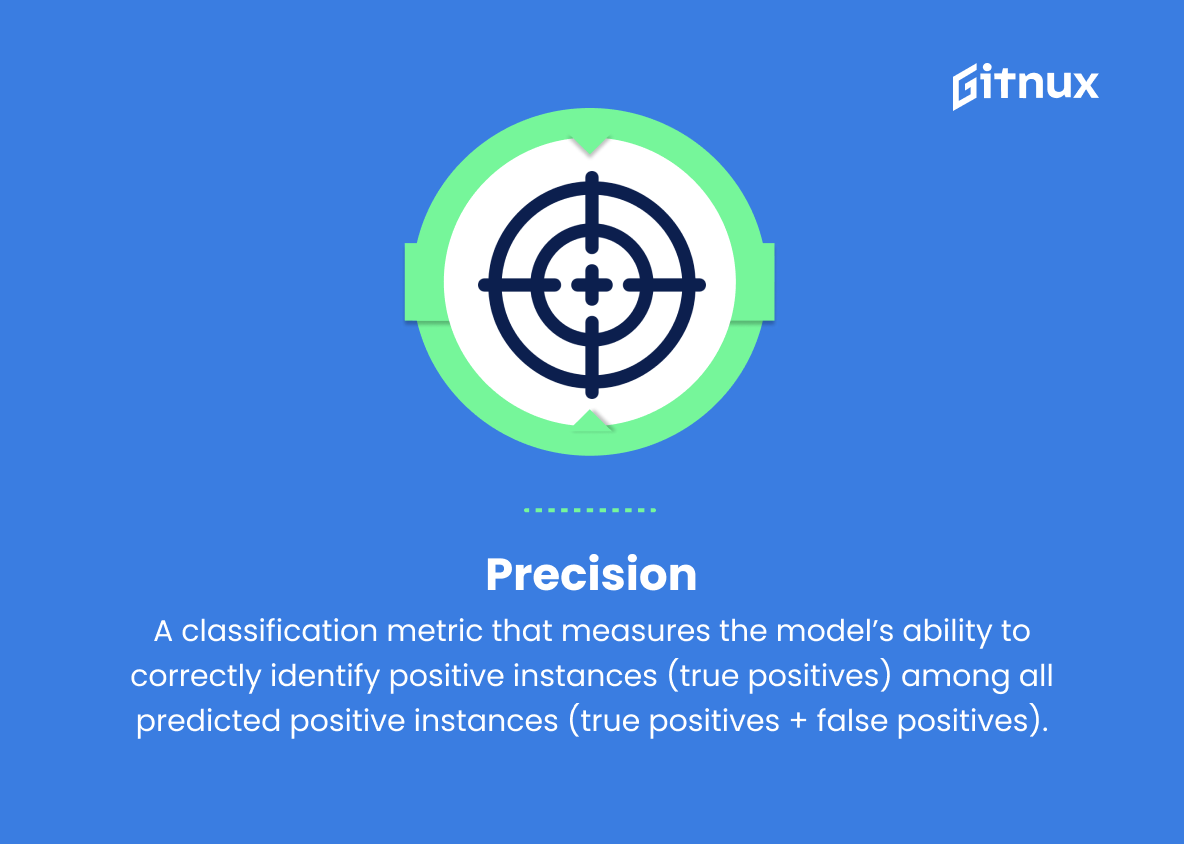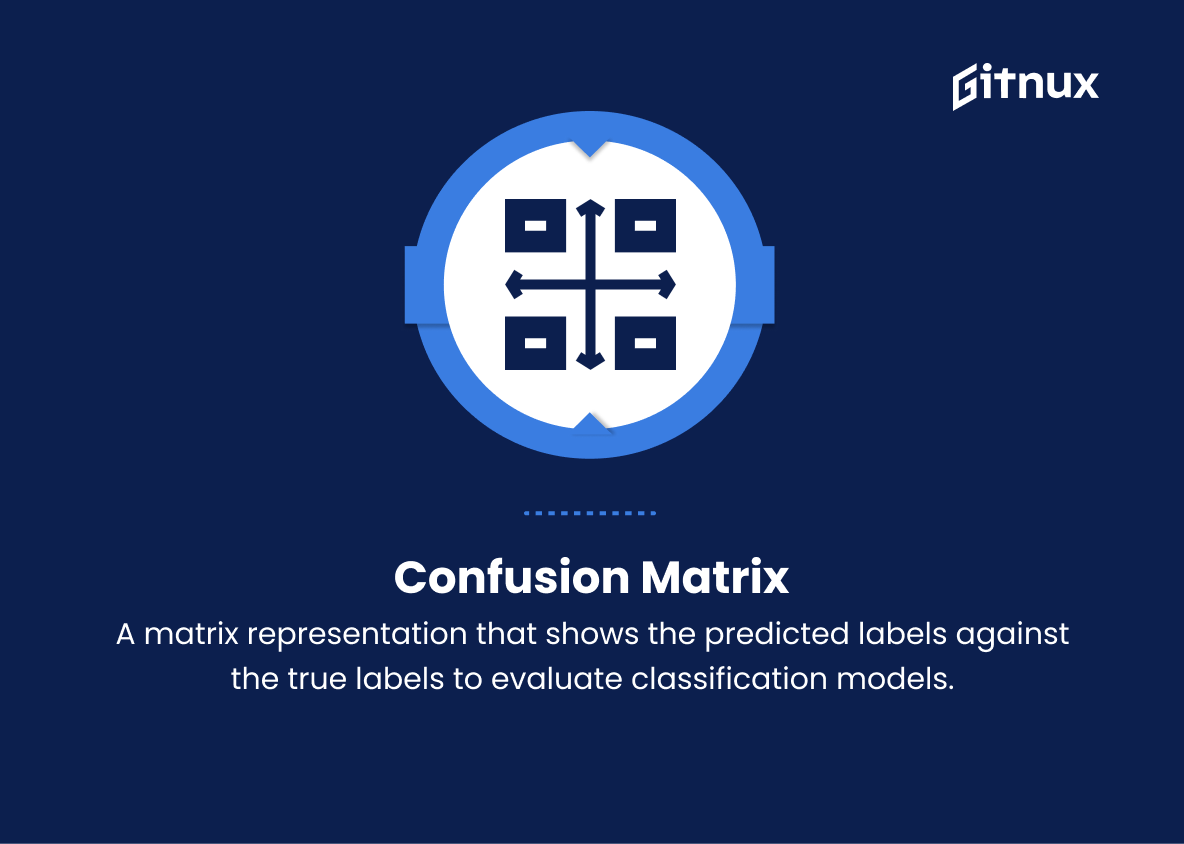In today’s fast-paced world of technological advancements, it is essential for both industry professionals and academia to utilize efficient and reliable tools to aid in their research and development projects. This is where Pytorch Metrics, a powerful and versatile library for our favorite deep learning framework, Pytorch, comes into play. As we delve into the world of Pytorch Metrics, we will uncover the true potential of this incredible library, and explore its features, benefits, and applications in various domains.
With its ability to provide accurate measurements and performance evaluations for machine learning models, it is no wonder that Pytorch Metrics has become a game-changer for the deep learning community. Join us in this informative blog post as we embark on a journey to better understand Pytorch Metrics, and discover how it is revolutionizing the way we approach model performance analysis and evaluation.
Pytorch Metrics You Should Know
1. Mean Squared Error (MSE)
A regression metric that calculates the average of squared differences between the predicted values and actual values. It helps in measuring the model’s performance on continuous data by penalizing larger errors.
2. Root Mean Squared Error (RMSE)
The square root of MSE, it indicates the standard deviation of residuals and gives the error value in the same unit as the data. It’s useful for understanding the average difference between predicted and actual values.
3. Mean Absolute Error (MAE)
Another regression metric that calculates the average of absolute differences between predicted and actual values. This metric is more resistant to outliers than MSE.
4. R-squared (R2)
This metric explains the proportion of variance in the target variable that can be explained by the model’s predictors. R2 ranges between 0 and 1, with higher values indicating a better model fit.
5. Cross-Entropy Loss
A common loss metric for classification models, especially for multi-class classification problems. It measures the difference between predicted probabilities and actual true labels, with lower values indicating better performance.
6. Binary Cross-Entropy Loss
A special case of the cross-entropy loss for binary classification problems. It calculates the loss for predictions against true binary labels.
7. Negative Log-Likelihood (NLL)
The loss function used in probabilistic classification problems. It measures the difference between the predicted probability distribution and the true probability distribution.
8. F1 Score
A metric used in classification problems that balances precision and recall. It ranges between 0 and 1, with higher values indicating better model performance.
9. Precision
A classification metric that measures the model’s ability to correctly identify positive instances (true positives) among all predicted positive instances (true positives + false positives).
10. Recall
A classification metric that measures the model’s ability to identify positive instances (true positives) among all actual positive instances (true positives + false negatives).
11. Accuracy
Measures the proportion of correct predictions over total predictions made by the model. It’s commonly used in classification problems but can be misleading if the dataset is imbalanced.
12. AUC-ROC score
The area under the receiver operating characteristic (ROC) curve that plots the model’s true positive rate against the false positive rate for different threshold values. It helps determine the model’s ability to discriminate between positive and negative classes. A higher AUC-ROC score indicates better model performance.
13. Confusion Matrix
A matrix representation that shows the predicted labels against the true labels to evaluate classification models. It helps visualize true positive, true negative, false positive and false negative predictions.
14. Custom Metric
Apart from built-in metrics, users can also create their own custom metrics to suit their specific requirements in PyTorch. Custom metrics can be defined as callable methods or functions with appropriate scoring logic.
Pytorch Metrics Explained
Pytorch Metrics play a crucial role in understanding the performance of machine learning models by providing clear and meaningful insights. Mean Squared Error (MSE), a regression metric, measures the average squared differences between predicted and actual values, with larger penalties for larger errors. Root Mean Squared Error (RMSE), the square root of MSE, illustrates the average difference between predicted and actual values, while Mean Absolute Error (MAE) measures average absolute differences with more resistance to outliers.
R-squared (R2) highlights how well a model can explain the target variable’s variance, while Cross-Entropy Loss and Binary Cross-Entropy Loss both gauge the difference between probability predictions and true labels in multi-class and binary classification problems, respectively. Negative Log-Likelihood (NLL) is utilized in probabilistic classification, whereas F1 Score weighs precision and recall in a model. Precision and Recall help identify positive instances, while Accuracy shows the proportion of correct predictions.
AUC-ROC score demonstrates the model’s ability to discriminate between positive and negative classes. Confusion Matrix presents a matrix of predicted and true labels, and Custom Metrics allow users to tailor their metrics to suit specific requirements in PyTorch. Overall, these metrics enable us to critically assess and compare the effectiveness of machine learning models.
Conclusion
In conclusion, PyTorch Metrics provides a valuable resource for any data scientist or deep learning practitioner aiming to effectively measure, track, and improve their machine learning models. With its extensive library of built-in metrics, ease of use, and active development, PyTorch Metrics has undoubtedly become an essential component in the field of deep learning.
By leveraging PyTorch Metrics, users can streamline their model evaluation process, ensure accurate and consistent results, and optimize the performance of their algorithms. As we continue to witness rapid advancements in machine learning, it is essential for professionals to adopt powerful tools like PyTorch Metrics to stay competitive and be at the forefront of innovation.
